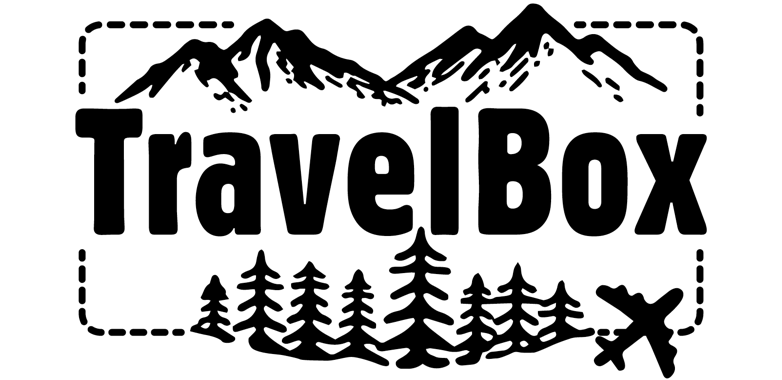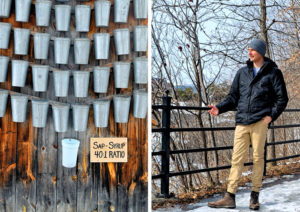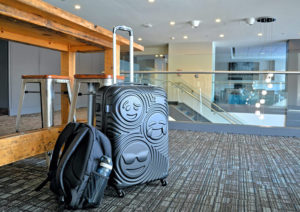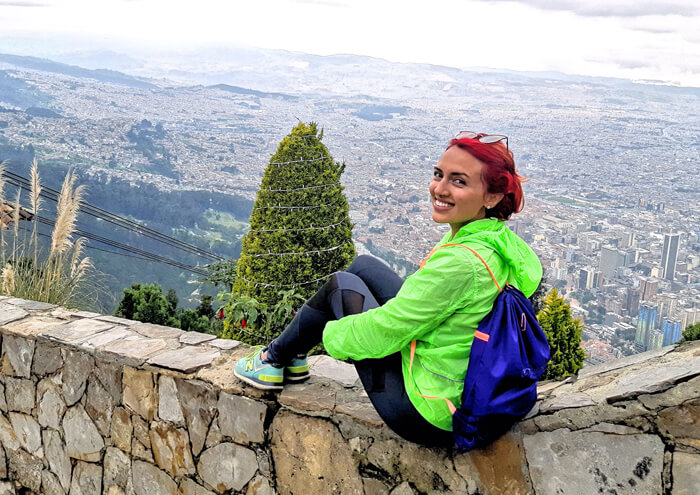
The best views of Colombia’s capital, at 3,200 meters above sea level
“When it comes to life, the critical thing is whether you take things for granted or take them with gratitude” Gilbert K. Chesterton
I was born and raised in Bogotá, the sprawling capital of Colombia. I lived in this city for 20 years before I decided to take flight and start a life abroad, first in the U.S. and then in Canada.
Bogotá is 2,600 meters (8,500 feet) above sea level. The city was built on the Andes mountain chain, which is the longest continental mountain range in the world, starting in Venezuela, and passing through Colombia, Ecuador, Peru, Bolivia, Argentina and Chile.
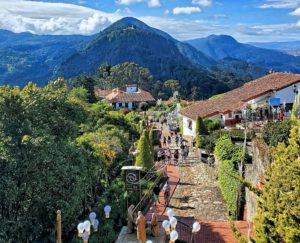
Growing up with the Andes mountains around me was just part of the landscape, something I definitely took for granted and never cared to appreciate much. The mountains were just THERE and something I was used to seeing every day on my way to school or on my way to work.
Looking up at the Andes mountains that surround Colombia’s capital, it is inevitable not to notice the Church located at the top of the hills, which overlooks the entire city. This Church and this particular part of the Andes mountains is called MONSERRATE [pronounced: Mon-seh-rra-teh – please try your best to roll your tongue!] and it is my ultimate favourite thing about my home city.
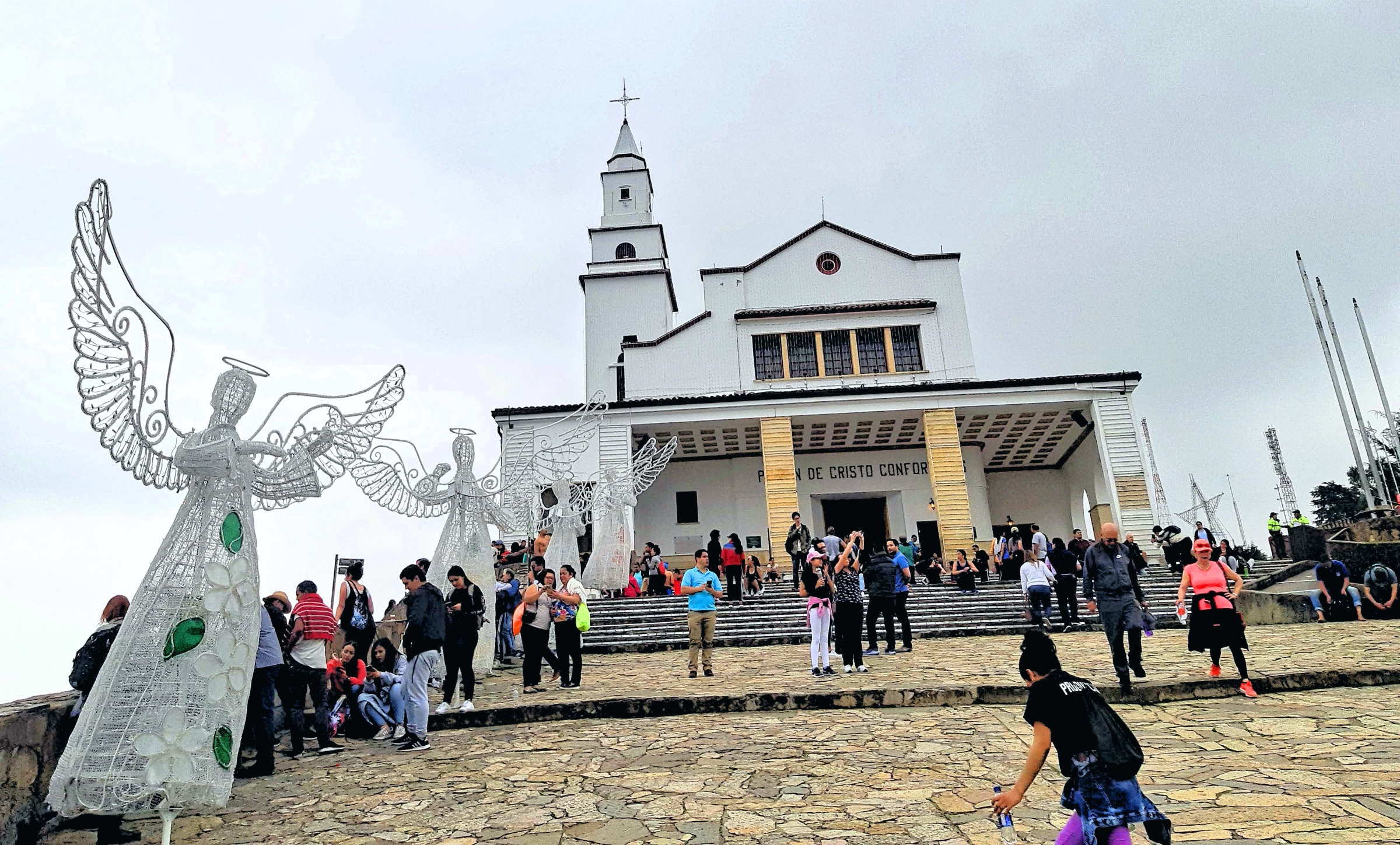
The church was built in the 1600s and ever since then, it’s been a major touristic attraction for both locals and tourists alike, building on the strong Catholic faith of Colombians, and attracting foreigners for its breathtaking views of the capital city.
How do you get to the top of Monserrate?
There are two ways:
The first one is by taking the funicular (a small train that goes through the mountain), or the teleférico (a cable car with gorgeous views). Either ride takes less than 5 minutes and it’s an easy way to get to the top. The fare is inexpensive at approximately CAD $5.
The second way (and my favourite one) is by HIKING IT UP! The path to Monserrate is steep and arduous. It is approximately 2.5 KM and believed to have roughly 1,800 steps, although I’ve never counted them. The path is well built with boulder stairs. It can get slippery if it’s rained the night before, so an appropriate pair of hiking shoes is recommended.
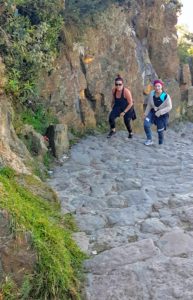
I am on a mission to get to the top of Monserrate in 30 minutes. Why this time? I honestly don’t know! I just set this goal in my head a few years ago and I remain constant in my quest to achieve it. My best time was 35:36 back in the summer of 2018 when I came home for a short visit.
Not everybody hikes up Monserrate with a fitness goal in mind though, some people enjoy a leisurely hike and don’t rush their way to the top. This is a fantastic way to take in the scenery and enjoy a slice of fresh Colombian fruit bought from the many stalls along the way, or a glass of freshly squeezed orange juice. If you take the “scenic route”, it can easily take you 1.5-2 hours to get to the top.
Once you get to the top, you will find yourself at 3,200 meters (10,500 feet) above sea level. It is not uncommon for tourists to have a hard time adjusting to the altitude and to breathing in the thinner air. Fear not though! I have the perfect solution for you. One of the greatest things about getting to the top of Monserrate, is visiting the many food stalls and souvenir shops located at the top.
When you get there, ask for my friend Don Eduardo, at one of the coca stands (yes, as in the native medicinal plant used to make that horrible drug), and ask for a canelazo con maracuyá, the BEST recovery drink for altitude sickness. Canelazo is a drink made with panela (unrefined whole cane sugar), aguardiente (Colombian booze which tastes like Sambuca), cinnamon, lemon, and Don Eduardo’s special touch: passion fruit extract. I am craving a canelazo from Don Eduardo just writing about it.
What else is there to do at the top you ask? Well, for starters, enjoy the view! This is to me, the best part about Monserrate. Right below you’ll find the sprawling skyscrapers from Bogotá’s downtown, and on a clear day, you may even be lucky enough to spot the Nevado del Ruiz and Nevado del Huila (a volcano built up of alternate layers of lava and as with snow at the top). Bring a good camera and even a pair of binoculars if you have them.
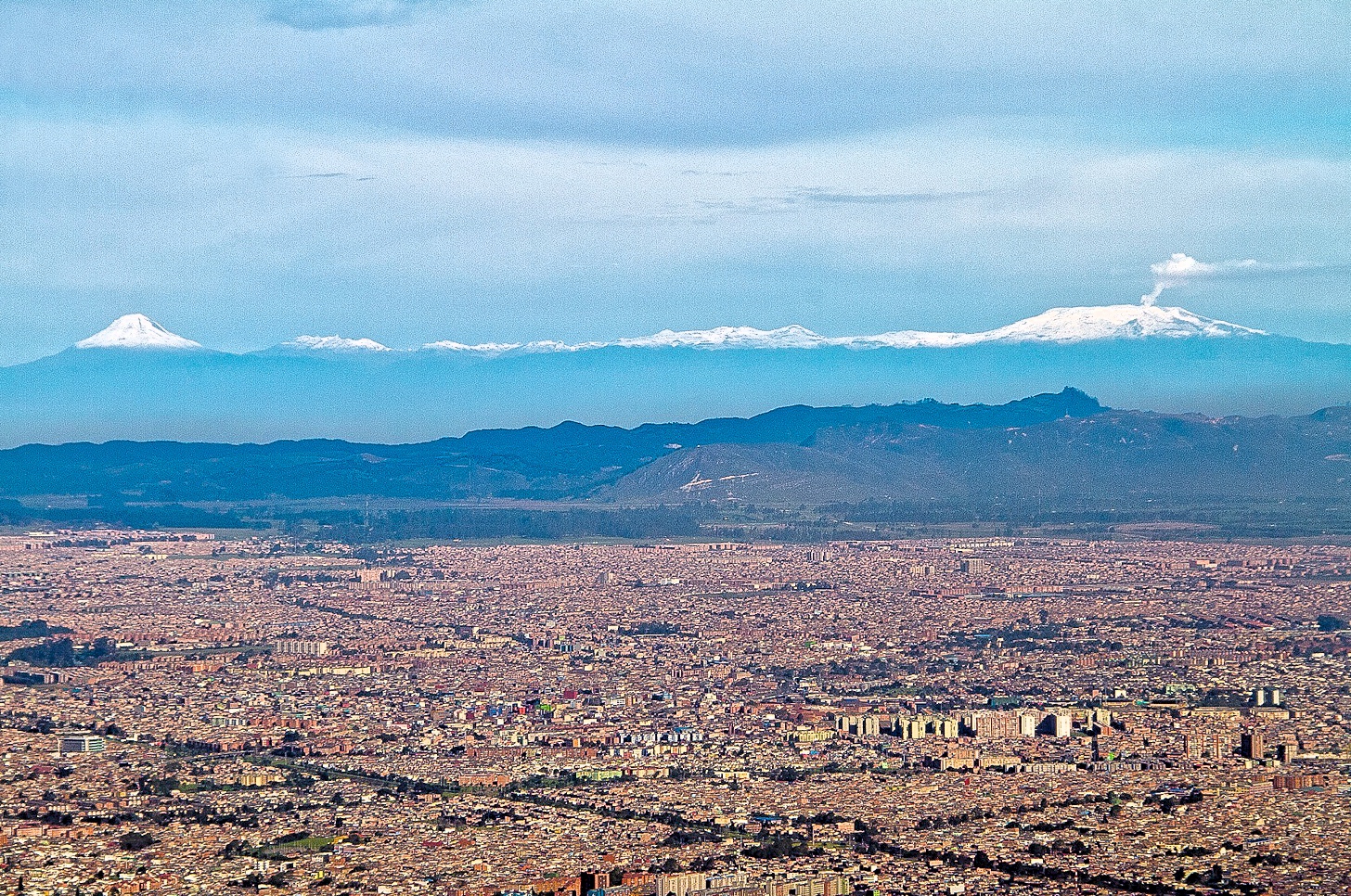 Photo from the “Cerro de Monserrate Twitter account”
Photo from the “Cerro de Monserrate Twitter account”
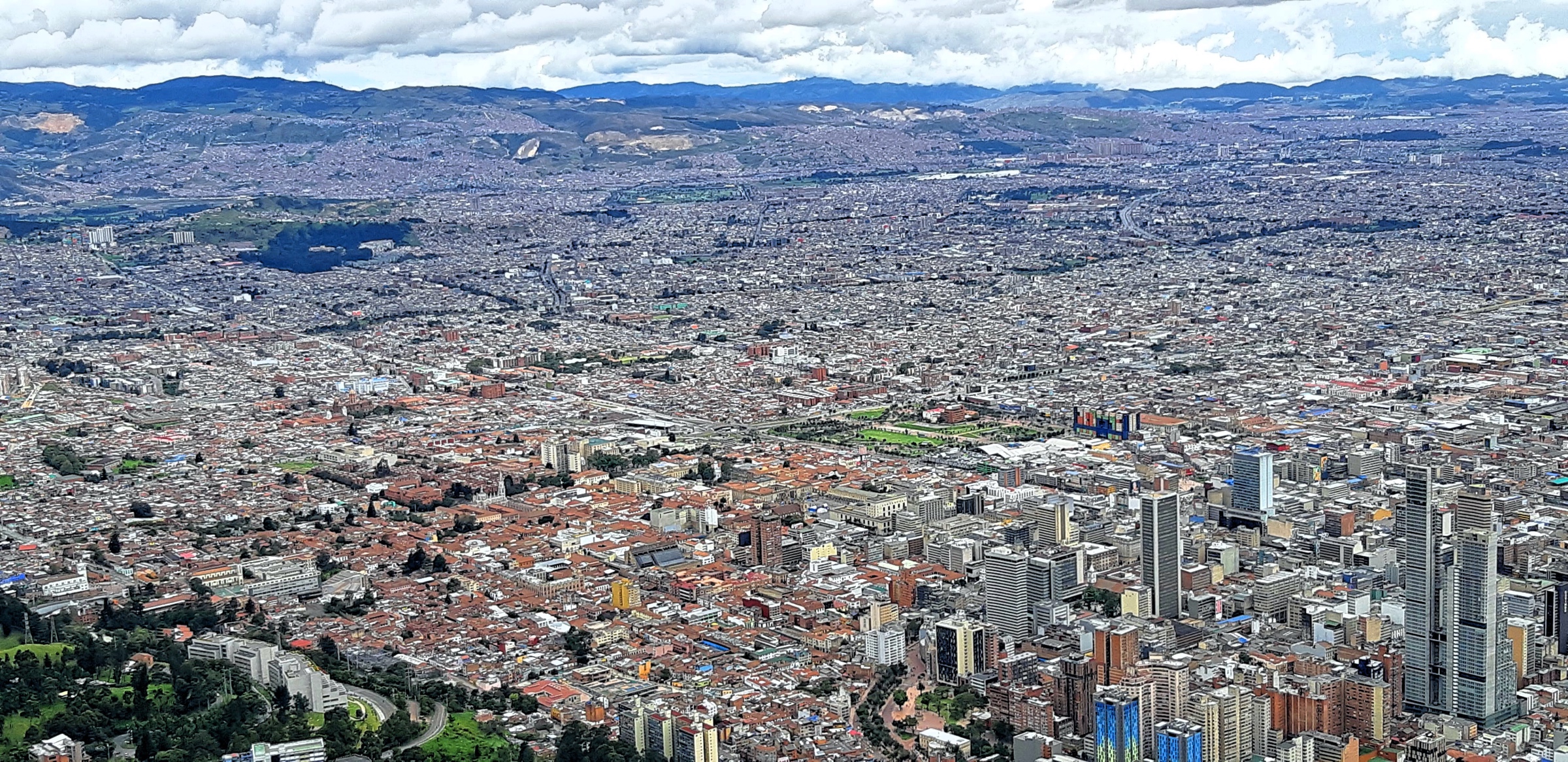
As mentioned before, the souvenir shops are a must-see. You’ll fall in love with the colourful hand crafts, and of course, with the best coffee in the world: the one and only, Colombian coffee. You can also find restaurants at the top where you can enjoy a delicious, warm, typical Bogotanian breakfast: tamal (a traditional Mesoamerican dish, made of masa or dough, which is steamed in a corn husk or banana leaf), chocolate and caldo de costilla (a dish typical of Colombian cuisine, from the Andean region. It is made mainly from beef ribs boiled in water with slices of potato, some garlic, onion and cilantro leaves).
Whether or not you are a devout Catholic, I encourage you to take a walk inside the Church. Sunday mass is usually quite packed, so I would recommend you stay away from Monserrate on Sundays, especially during these pandemic times.
Lastly, to make your way down from Monserrate you have two options again: one, walk down (not my preferred way as it is hard on my knees), or take the teleférico or funicular down. I usually go to Monserrate early on a weekday, so I get to take advantage of the reduced teleférico and funicular fees, available up until 9 AM on weekdays (only about CAD $3).
While I took Monserrate for granted during the 20 years that I lived here, I most certainly appreciate it now. So much so that I now that I am back home for a few months, I am hiking up Monserrate once a week (mainly to get to my goal of 30 minutes).
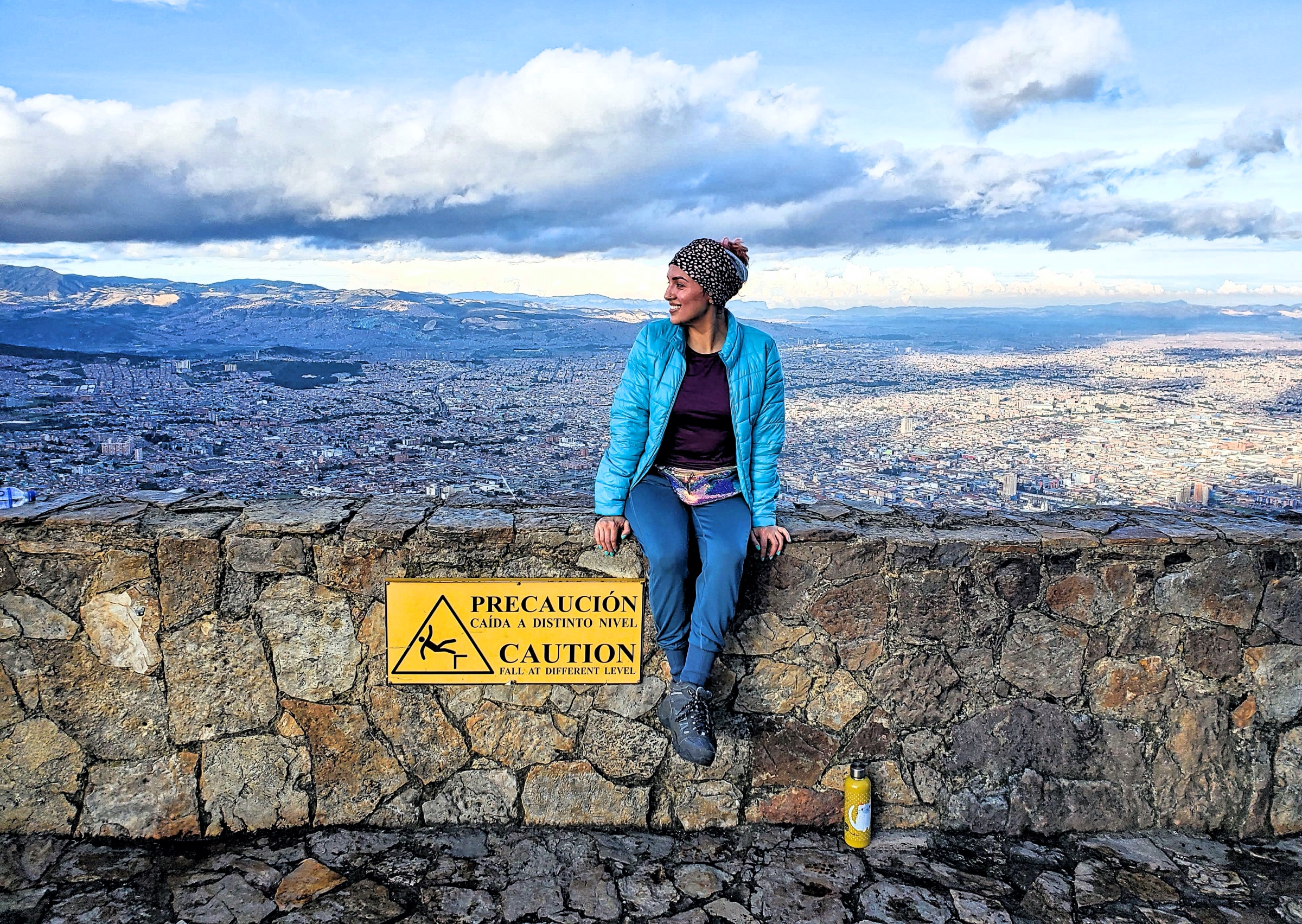
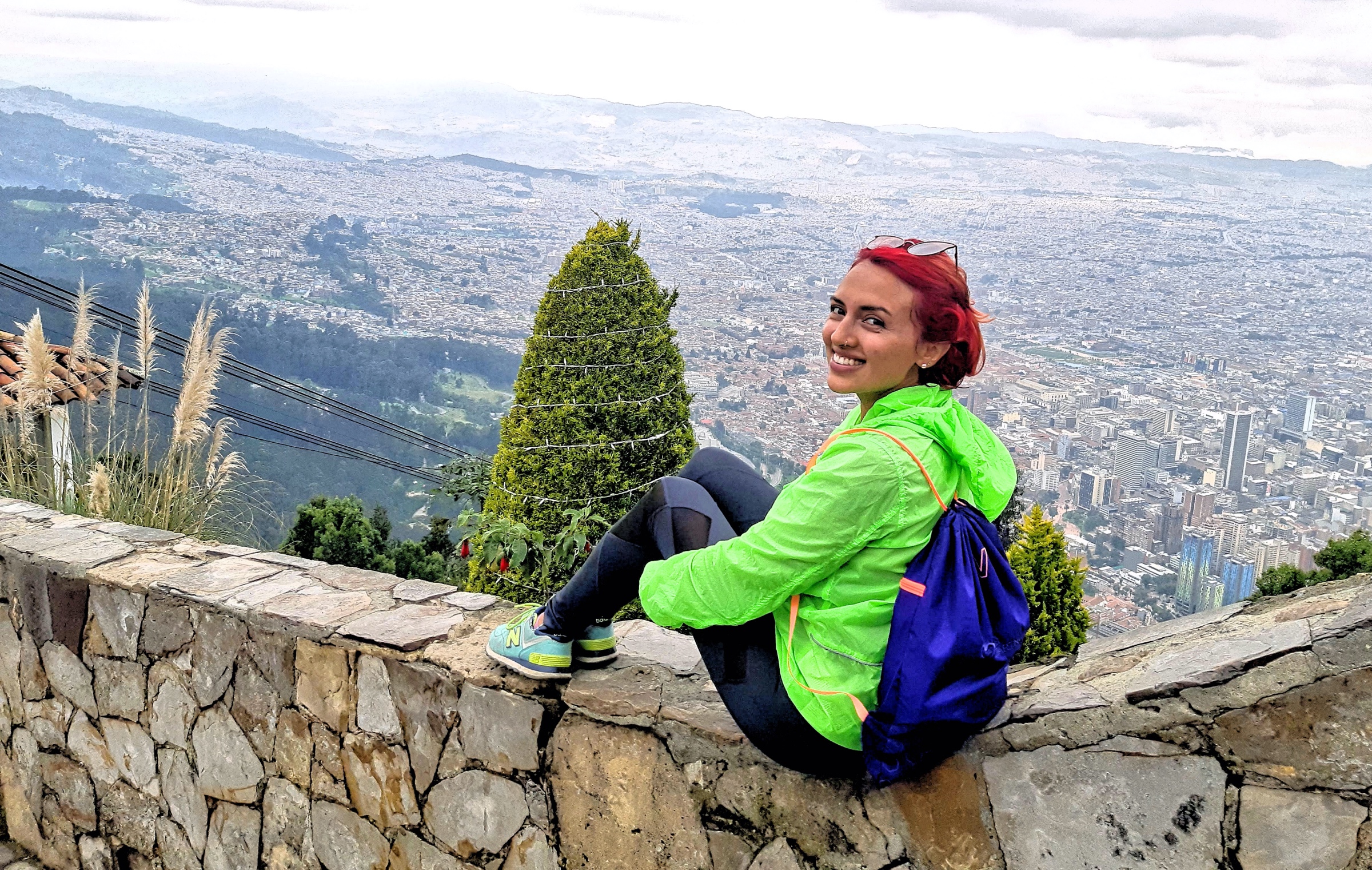
I truly hope you make this a MUST-SEE destination whenever you visit my home city, Bogotá. You’ll fall in love with the view, no doubt about it. If for some reason you don’t agree with me and you don’t enjoy your Monserrate experience, the canelazo at Don Eduardo’s is on me!
. . .
